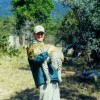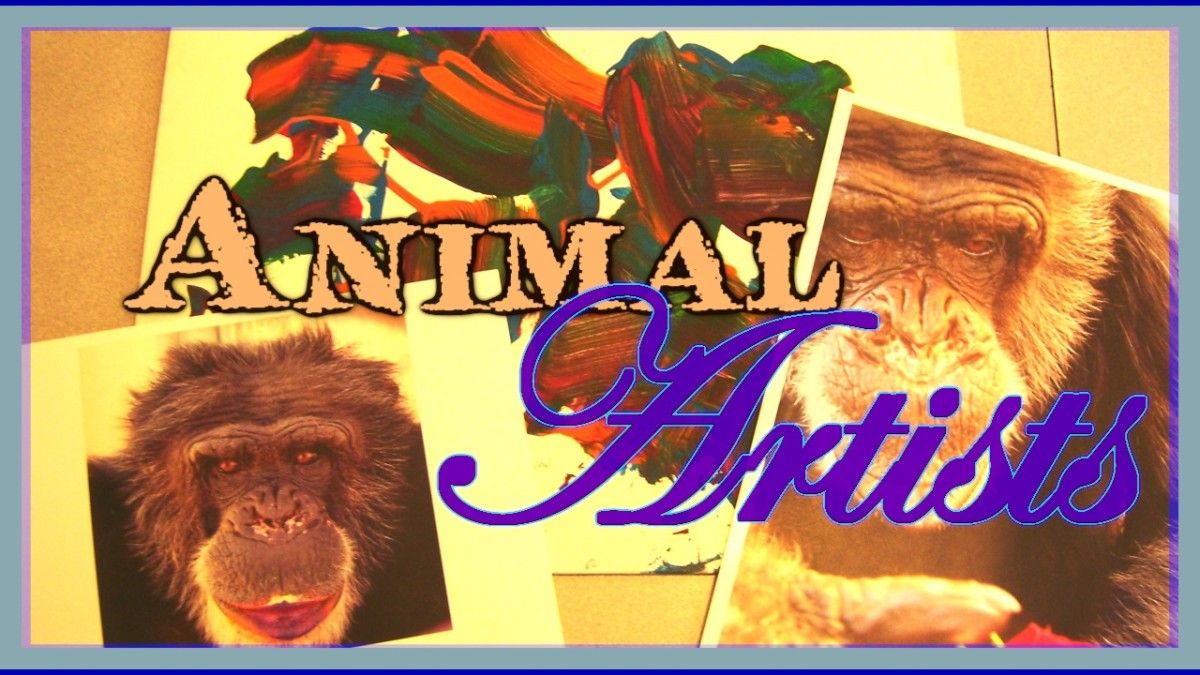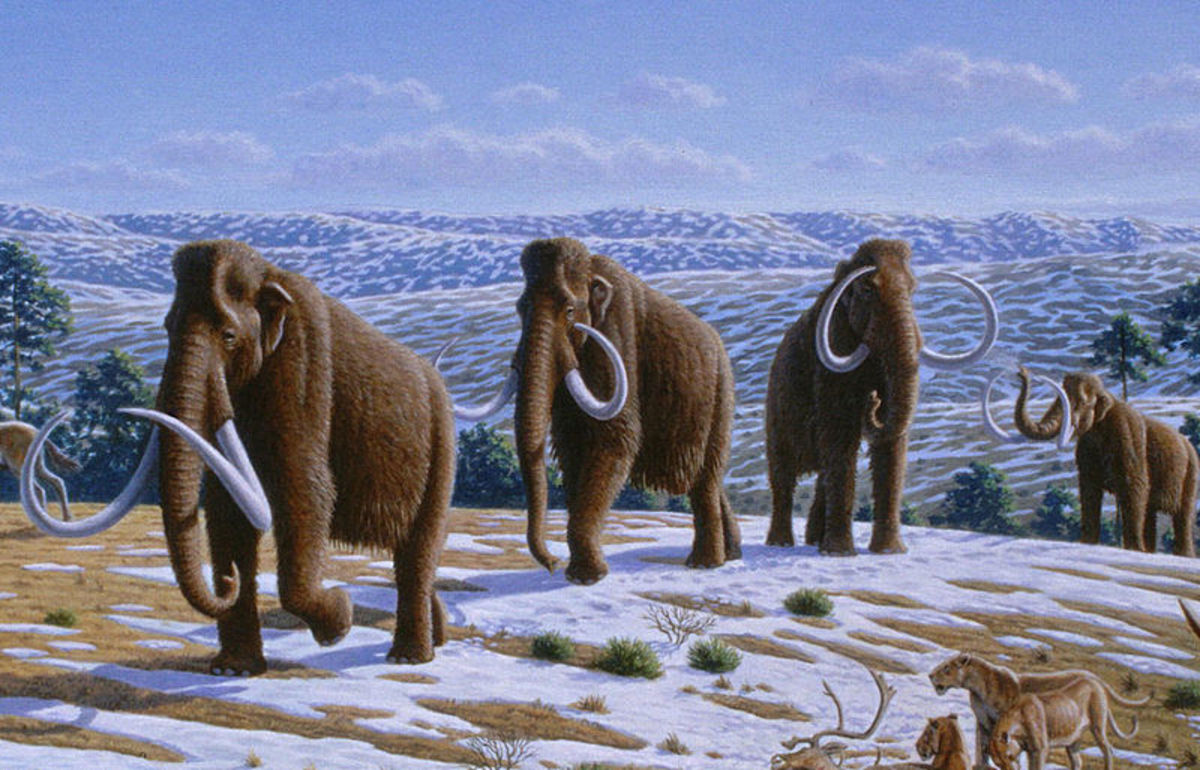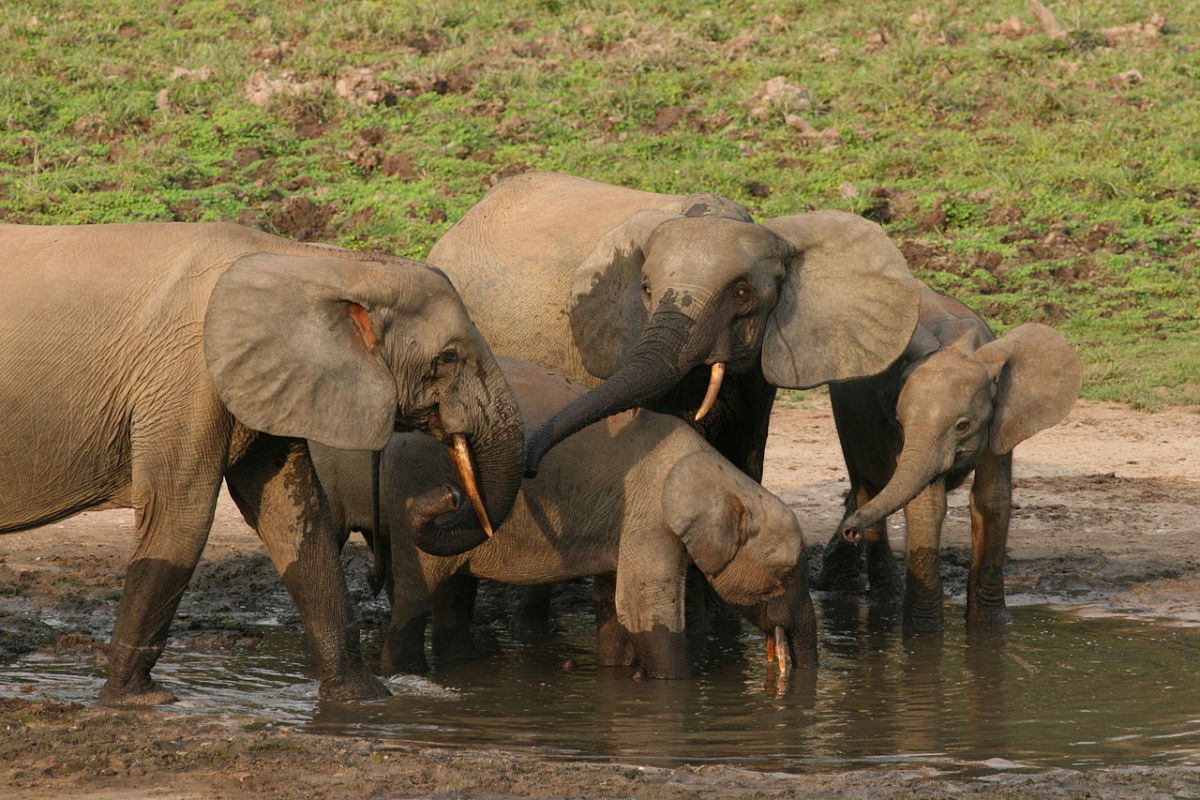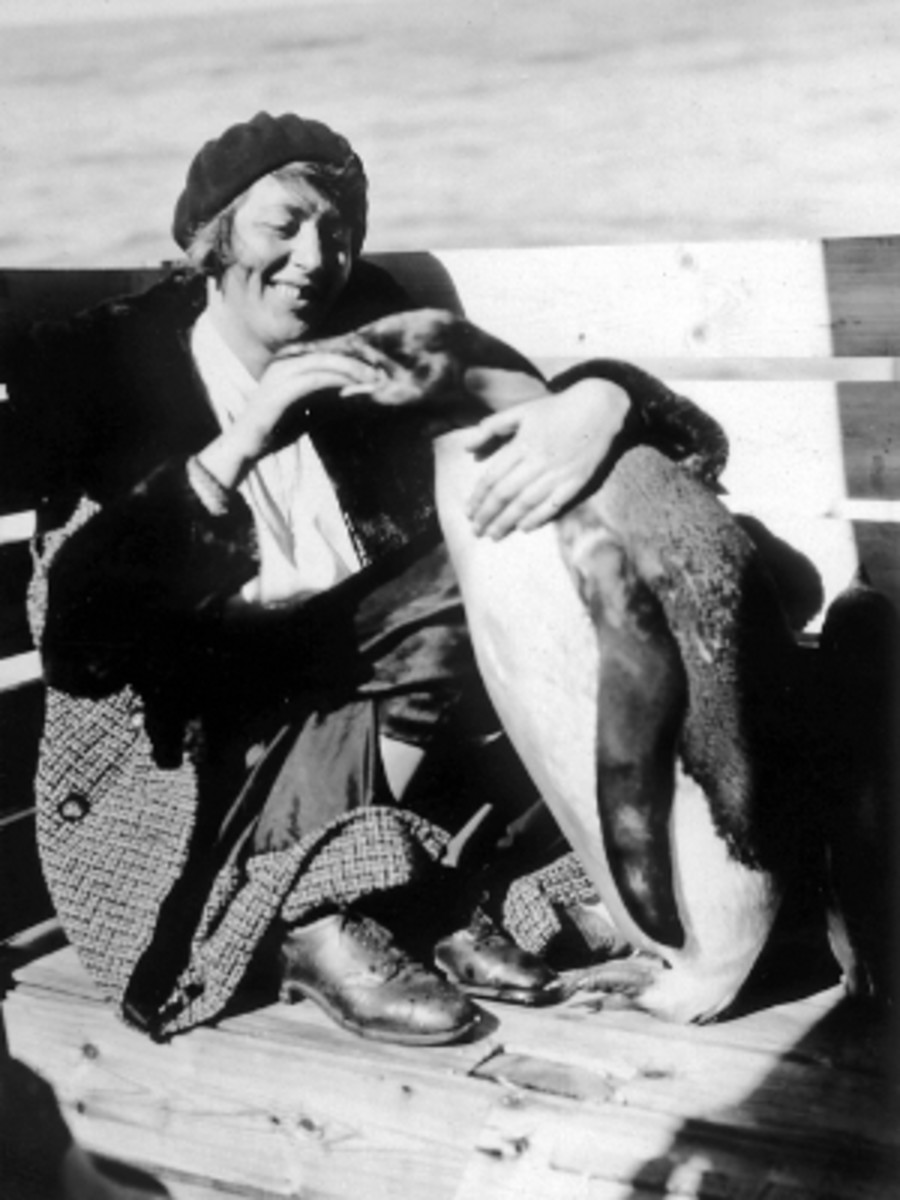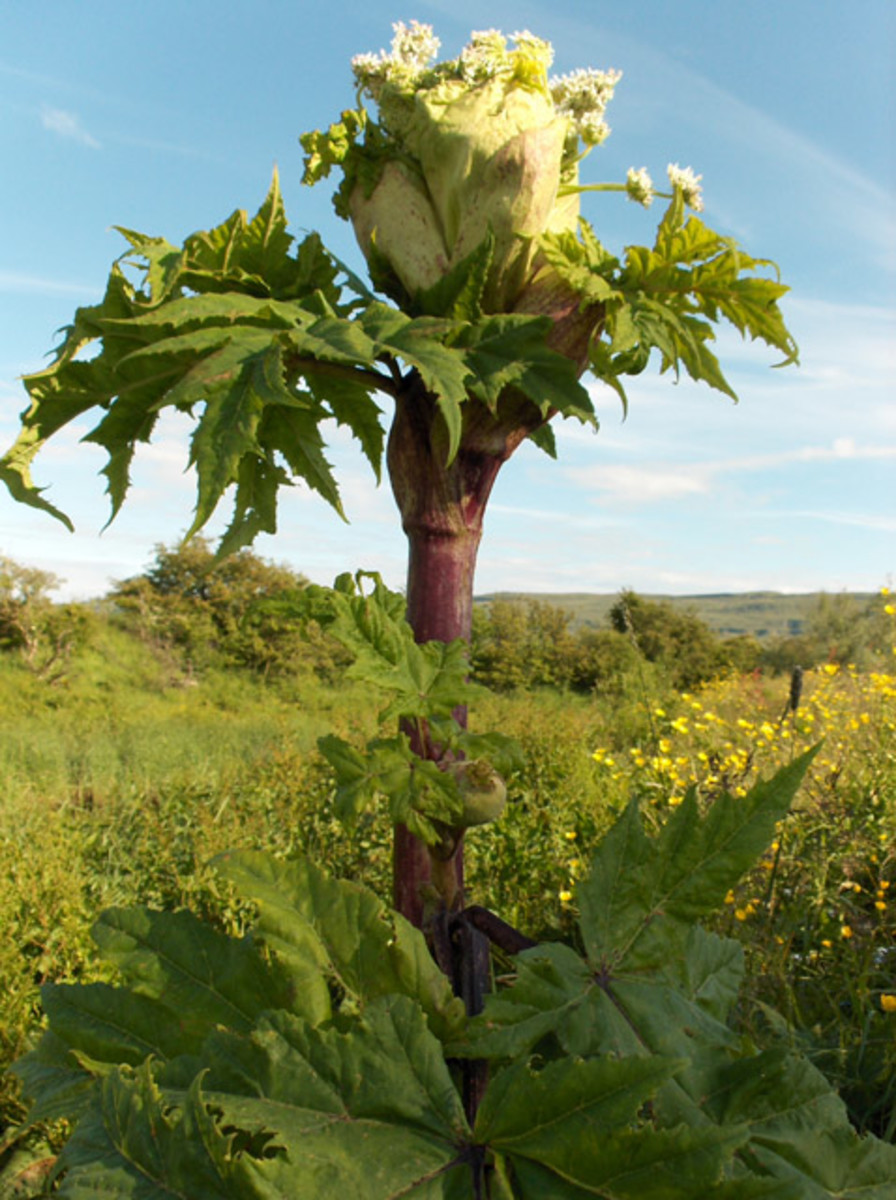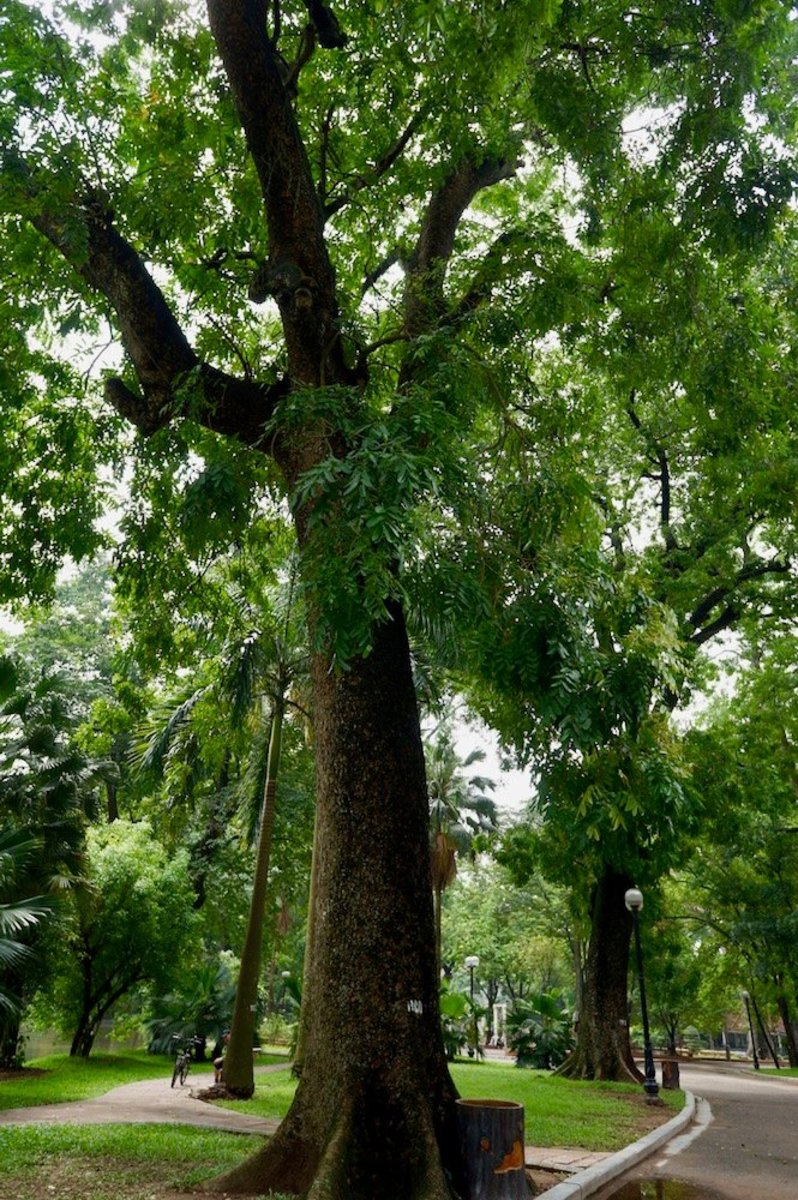Elephant culling in Africa
So, here's a highly controversial subject. What do we all know about culling? Well, the general consensus seems to be that a bunch of animals are killed as humanely as possible in order to alleviate overpopulation issues. Most people seem to understand the necessities of these programs and except it.....unless it involves an elephant!
Take Kruger National Park in South Africa for example. They used to practice animal reduction exercises (culling) up until 1995. This was when animal activists took the case up to the high courts and put a stop to it. Funny really, as culling is still done to this day on the buffalo in the Kruger. Not one placard has been hoisted to help the plight of the buffalo. This is part of the problem right there. We choose the animals we want to save instead of concentrating on saving all species.
Do I support culling of elephants in Africa? Yes! Do I like the practice? No! That's conservation. Seeing what is best for all species, and practising those policies down the line. Why is culling necessary? Well, it's a long and involved story and I want to explain all aspects of it. In order to do so, I need to start from the beginning. If you are against all this its fine, just try read through it all and hopefully you will understand the big picture.
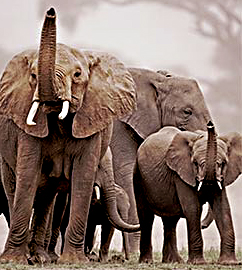
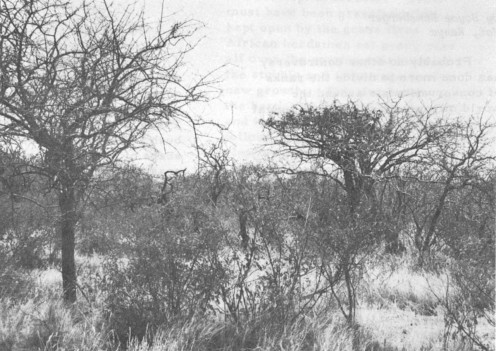
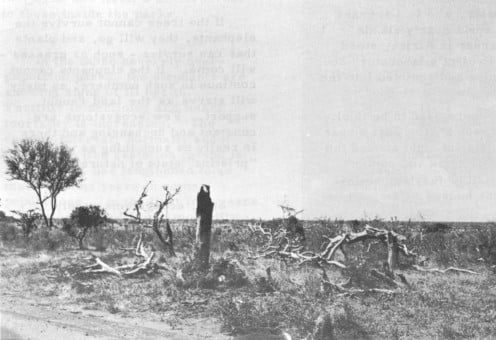
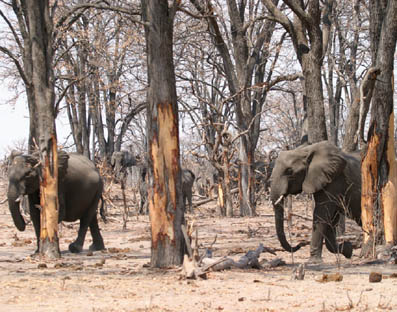
Elephants as a species
Why are elephants important as a species? This is a constant problem. People always think with their hearts. So we should save elephants because we love them, they're big and beautiful, etc, etc. Well, no, there's more to it than that. If we saved species out of love, then we can let cockroaches, spiders, snakes, frogs, etc go extinct right now! Not much love for them is there? Quite often you will get people describing elephants as wasteful and destructive animals, without further explanation. Well, in that case, lets make them go extinct right now. Can't afford to have something like that running around now can we? There's more to it than that. All species on this planet are functional. They perform routine jobs on a daily basis, which affect other species, mostly inadvertently.
Take a look at the pictures above. Just a few examples of what elephants are capable of. A bull elephant will push down about 1000 trees every year. Not always for food, sometimes just as a show of strength. I've seen elephants in the wild pushing down trees with a diameter of about 1 metre! That's pretty impressive. Pushing down a tree doesn't give us a right to call him destructive though. In doing this, he will provide food for smaller browsers that could not reach the leaves before the elephant pushed it down. He will provide food and homes for hundreds of years for insects, spiders, snakes, birds etc. The tree, rotting, will push nutrients into the soil and enrich that area. These fallen trees will halt erosion and promote natural growth in the area. These are all good things! They also give back, that's what nature is always about. The elephant has taken a tree so, in his roaming, he will push out rather large quantities of dung. Through this the elephant will assist in seed dispersal (they are in fact one of the best disperses in Africa today and studies are still being done on this). This dung will attract seedeaters and insects. This, in turn, will attract insecteaters. It will also provide manure for the soil. Please understand that this is all very simply put. You could write a book just on what an elephant does for the environment! So now we can see that an elephant is not just big and beautiful, he is in fact functional, and therefore, very important, as a species.
So, now we need to learn how to maintain him as a species alongside all the other hundreds of thousands of species in Africa. On top of this we need to ensure that all the local people are happy. They don't like elephants coming along and destroying their subsistence farmland, understandably so. We also need to keep the general public happy. They are probably the worst and hardest of all. This group consists of everyone that does not live in Africa and does not have any dealings with animals. They are the ones that try to control how we will best look after Africa. They are the ones that don't know the first thing about managing animals and conservation. Do you know what conservation is?
Coservation is the management and utilisation of your indigenous wildlife. It is done in such a way, that our next generation can manage and utilise just as much. Judged on this, there is no country in this world practising conservation today. Authorities are well aware of this, and yet we continue to go in the wrong direction. Why? Greed, power, naivety, all of the above?
So, why is their now an urgent need to control elephant populations in certain parts of Africa? First off, it isn't just now, this has been an ongoing matter for at least a decade. Second, it comes down to mistakes that we as humans have made in the past that cannot now be rectified.
The first big mistake is that we cut off their natural migration routes;
In South Africa, there is an area along the East coast known as the Elephant coast. We haven't had elephants there for at least 150 years, but it speaks of what we used to have. These elephants used to roam up through South Africa, parts of Mozambique, Zimbabwe, parts of Botswana, Zambia, Tanzania and up to the bottom end of Kenya. That was their home! Now they live in reserves. Granted, they are big reserves, just not big enough. Kruger is 2 million hectares in size, as big as Israel! In that area, we can safely house no more than 8000 elephants. At this present stage, Kruger's population is around 18 000 elephants. That's 10 000 more than that reserve is ever capable of carrying!!
Our second big mistake is that we took away the only true "predator" for elephants, Anthrax.
This bacteria is naturally found in Africa and is Mother Nature's way of naturally controlling animal populations. It is a disease that is capable of staying alive in the open air for up to 2 years and underground for up to 50 years! It will kill any mammal that eats it within 8 days! The only mammal it does not affect(that I personally am aware of), is the hyena.They don't have an immune system for it, just a cast iron digestive system that kills off the bacteria in its stomach before it has chance to absorb into their body. Stands to reason as they are the cleaners of Africa, and would not be very efficient if diseases killed them. Elephants are very susceptible to the disease and used to be killed off in their thousands years back This naturally kept their numbers in check. Again, there is way more involved than this. Both hyena's and vultures fit perfectly into this system and help control as well as spread this disease through Africa. It makes these two animals extremely important to the system. Africa would never have lasted this long without them. We, as humans, of course fear diseases of any kind and are always quick to invent ways to irradicate them with our technology. As soon as there is an outbreak of Anthrax, we go out and inoculate more susceptible animals and burn any carcasses found in the bush. A perfect example of this is Botswana, Okavango swamps. This area holds the best conservationists in the world, the Tsetse fly! He carries a disease called Trypanosomiasis (trips or sleeping sickness) that is fatal to cattle and makes us humans ill. The wildlife in the area are immune to it. So what did we do, we filled aeroplanes to overflowing with poisons like Dieldrin and DDT and dumped it all over the swamp. Now, before you think this is all old school stuff, this was last done in 2001, completely supported by the Botswanan government! Why? Because the EU wants to support an oppressed African country and their exotic cattle, but they're scared of the diseases so stringent controls had to be put into place. Do you think I'm being cynical? Do you think I'm exaggerating? Look it up, its all there, nothing to hide. Their veterinary fences (put up to separate wildlife from cattle so that cattle would not get diseases) killed around 1.2 million wild animals, mostly wildebeest, to support an exotic cattle industry. So you see, we are very good at controlling things.
So, there is now nothing left to control the elephants population boom. They are over breeding and not capable of moving on as they are fenced in.
To cull or not to cull?
Does anybody working on ground level with these animals take the idea of culling lightly? Of course not.
We are still in the process of looking at all the other options available. This is what they are:
Transfrontier parks(peace parks)
This is also known as conservancies. It is the dropping of internal fences of adjoing properties in order to give the animals more space. This is easy enough within a country as all the farm owners will benefit from it. It becomes a problem when separate countries look to do the same across their adjoining borders. This is why they are also known as peace parks. Kruger in S.A. has dropped fences to the Mozambique side officially almost doubling the size of the park. Kruger is 2 million hectares and Mozambique reserve is 1,5 million hectares. It is a wonderful concept and means that we can take our carrying capacity from 8000 ellies to around 15000. We have approximately 18000 at present and rising. As good as it is we are still overpopulated by around 3000 ellies. It also doesn't automatically alleviate the situation as the animals don't immediately go walking over the border to find new homes. They already have established home ranges and could thus take years to establish new homes in Mozambique. You can't "chase" them across as their built in homing instincts will bring them straight back to where they started.
This park has been 20 years in the making. A lot of politics and logistics has been involved to make it happen. There are still plans to open up to Zimbabwe, Zambia and Tanzania. Botswana and Kenya might be involved as well. The final plan is a 1,2 million square kilometre corridor to give back the ellies original migratory route. Wonderful idea!! Lets hope it can come about, but lets not talk about Zimbabwe and their problems just yet.
Relocation
This is an expensive, dangerous and stressful job. Only small groups can be moved. The elephants don't like the drugs used and certainly don't like the stress of being moved. Generally, 10 ton crates are needed to move the bulls. Your'e talking about 5,5 to 6 ton animals capable of immense strength. Only 2 bulls are allowed in the specialised boeing aeroplanes at a time. 2 bulls and 2 crates works out at around 32 tons on average! These animals need to be kept semi-sedated all through the move. Too sleepy and they will collapse, their own body weight thus injuring or killing them. Too awake and they "rock the boat", quite capable of crashing the plane. Starting to understand what it takes yet?
Once relocated, these animals need to be kept in small pens/enclosures known as boma's for around 3 months. This will "break" their homing instinct and, once released, will then stay in that area.
It is a very expensive operation depending on how far the animals need to go. Ellies that were moved from South Africa to Angola in 2000, cost approximately $40 000 per elephant. There were 20 ellies altogether. That's around $800 000. Now imagine that we need to move at least 3000 ellies. That works out at $120 000 000. Anyone got that amount lying around that we could have? Never mind the time, resources and manpower that it would take to get this done. Don't forget that this is just South Africa's problem. Zimbabwe is at around double their carrying capacity and Botswana has at least 80 000 elephants over their carrying capacity! This makes South Africa's problem a drop in the ocean in comparison.
Bearing in mind that most countries in Africa today do not want any elephants. Most of Africa's reserves have as many as they want right now. Please understand, this isn't just about elephants, its about all the other species and also, most importantly, about the local people living in these areas. They don't want these animals in these areas as they will destroys crops, peoples livelihoods.
Contraception
This always has and always will be a difficult one for a number of reasons. First, understand elephants. They are the only mammals (that I know of) where the male comes into season, as does the female. He is a bit different to her though. He has what is known as musth. When he goes into musth, he has such a high quantity of testosterone in him that it mixes with his urine and dribbles constantly from his penis. A musth male will dribble approximately 20 litres of liquid every day that he is in this musth. A male can be in season for anything from 1 day to 9 months! Can you imagine losing 20 litres of liquid every day for 9 months. That's a total of about 5400 litres!! No wonder he is in a bad mood when you encounter him at this stage.
Up until recently, the drugs have only been designed for the cows, not the bulls. Controlling her means big (6 tons) problems with him. A new drug being tested in a private reserve in South Africa seems, after 10 years of study, to be bringing about positive results. No cows are pregnant and the bulls are still mating. This seems to work! Good news, bearing in mind though, that all the cows in Africa are going to need this drug once every year, further monitoring will always be a necessity and they will also need to be allowed to breed. This means taking them off drugs for a few years to allow natural cycles to occur. Understand also, that this does nothing to alleviate the immediate problem of mass overpopulation.
Culling
The most controversial of all! Please understand that I have never been involved with this operation. I do not speak from experience. I do, however, have a good friend that did culling ops in Zimbabwe in the 80's and 90's. I base my explanation on his accounts, and trust wholeheartedly in his word.
It involves a lot of studies of the area to decide which groups go, and which groups stay. This is not set in stone as you will read. A ground crew, of about 8 men with high powered rifles, are sent in. They are followed by a helicopter. The pilot will guide them as to where to go. Once in place they wait for orders from the pilot. The pilot does a recon of the area and ensures that there are no other elephants within 5 miles of this herd. If there are, the ground crew is pulled off, and sent to another area. This herd might never be touched again. If there are not, the crew is given orders to move in. This is done as elephants can communicate in infra-sound(below human hearing). 5 miles means that no other elephant will hear this herd being shot. This ground crew is so efficient, that a herd of 30 elephants is dead on the ground in 20-30 seconds! Like it or not, these guys should have our respect. Once down, a trucking crew is brought in. The animals are processed, and everything barring the stomach and tusks are used. As we do with cows, lambs, etc, we can eat the meat and make products from the skin. i.e. wallets, belts etc. I myself wear two bangles made from elephant tail hairs.
This is conservation in place and working! Since its beginning in 1898, Kruger National Park has benefitted every generation to date.
- control of wild elephant populations
This was a 2001 study done in Zimbabwe. Please note the numbers they are talking about. These numbers are not 100% correct, but at least give you an idea. - Beard's Eye View | Science | Smithsonian
This is a link that refers to the elephant slums. The link below does not seem to exist anymore, but I did do this story some years ago now and I guess everything changes. - The ‘Elephant Slums’ of Tsavo National Park
This is one of the biggest mistakes Kenya made. Today it is forgotten as they have their herd animals.They don't tell you what happened to get them. Again, take a look at the numbers. This is what happens when we ignore a problem.
Conclusion
I am proud to call myself a conservationist, but have, and do, take a lot of 'flack' for speaking out about what I have done and seen. A 'cheesy' phrase I picked up whilst doing free flighted bird shows is this; We do not inherit the planet from our parents, but merely borrow it from our children. Cheesy, but true. We can make a difference, all of us. We just need to think outside the box. Forget the animal! Save the habitat, and save the species within that habitat, all of them!!
Thank you for reading, I hope this creates a better understanding and gives some food for thought.
